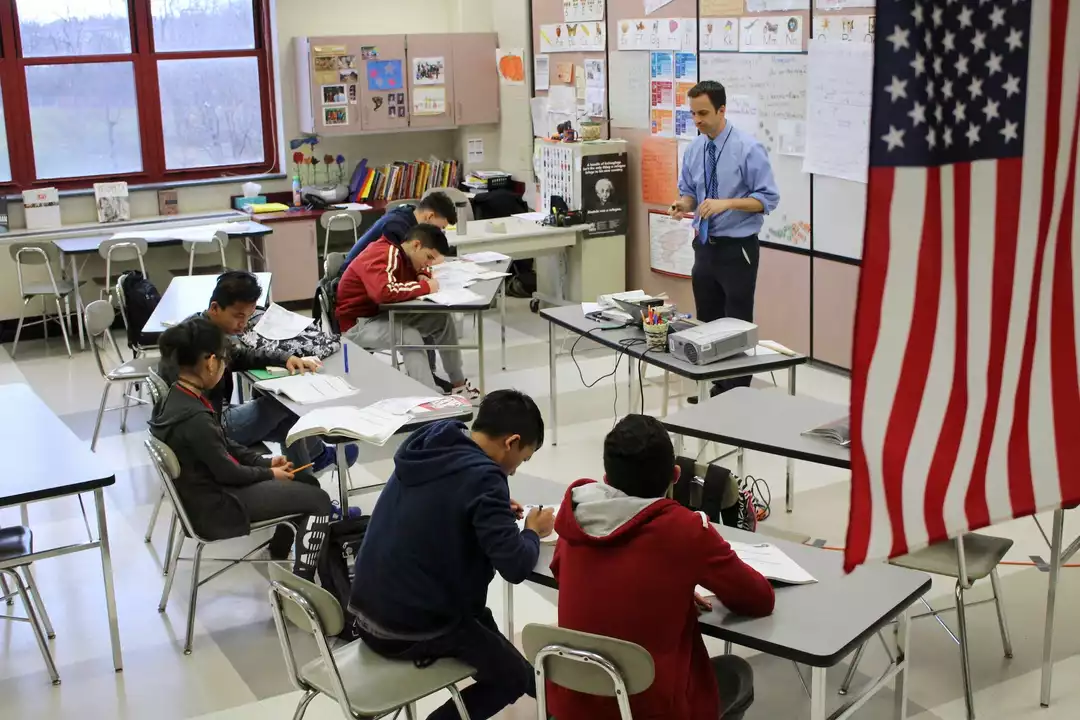May 2023 Education Archive: Online Learning Quality and US Private School Insights
Welcome to the May 2023 roundup. In just a few minutes you’ll get the gist of two hot topics – the push for top‑notch online education and the real size of the private‑school scene in the United States. Grab a coffee and let’s break it down.
Why High‑Quality Online Education Matters
Ever wondered if a digital class can match a brick‑and‑mortar lecture? The answer is yes, but only when the online experience meets high standards. Quality courses give every student, no matter where they live, access to the same solid material that elite campuses use. That means well‑structured lessons, clear video, interactive quizzes, and fast support when something goes wrong.
When the content is solid, students pick up more than just facts. They learn how to navigate digital tools, communicate online, and solve problems on‑the‑fly – skills that employers crave today. Think about it: a graduate who can manage a Zoom meeting, edit a shared doc, and troubleshoot a glitch is already ahead of a peer who only knows how to read a textbook.
But quality isn’t automatic. It needs investment in good teachers, reliable platforms, and regular updates. Without that, online classes can feel rushed, confusing, or outdated. The upside is huge though: higher completion rates, better grades, and a more inclusive learning environment that breaks down geographic and economic barriers.
The Size of the US Private School Market
Switching gears, let’s talk numbers. The United States hosts over 34,000 private schools, serving roughly 5.7 million students. That’s about a quarter of all schools and 10 % of the student population. Those figures show that private education isn’t a niche – it’s a substantial chunk of the overall system.
Why do families choose private schools? Smaller class sizes top the list, followed by personalized learning plans and specialized programs like arts, STEM, or religious studies. Parents also see private schools as a way to give their kids a competitive edge, especially in college admissions.
The market’s growth isn’t slowing down either. As public schools grapple with budget cuts and larger class sizes, more families are willing to pay for the perks private schools offer. That demand fuels new school openings, upgrades to facilities, and a broader range of curriculum options.
Understanding this market helps educators and policymakers see where resources are needed and where opportunities lie. If you’re a teacher, knowing the private‑school landscape can guide career moves. If you’re a parent, the stats give you a clearer picture of what’s out there.
All in all, May 2023 gave us a look at two powerful forces shaping education today: the push for high‑quality online learning and the solid presence of private schools across the US. Both trends point to a future where choice, quality, and technology go hand‑in‑hand. Keep an eye on these topics – they’ll keep influencing how we learn and teach for years to come.

Online education should be of high quality?
As a blogger, I believe online education should definitely be of high quality. It's essential for students to have access to top-notch resources and courses, regardless of geographical location. High-quality online education can provide equal opportunities for everyone, breaking down barriers and making learning accessible to all. Furthermore, it helps students develop essential digital and communication skills for today's world. In conclusion, investing in high-quality online education not only benefits individual learners but also contributes to the progress of our society as a whole.
Read More
How big is the private school market in the US?
The private school market in the US is quite significant and continues to grow. According to recent data, there are over 34,000 private schools nationwide, serving around 5.7 million students. These institutions make up approximately 25% of all schools in the country and enroll about 10% of the student population. The demand for private education has been fueled by factors such as smaller class sizes, personalized learning experiences, and specialized programs. As a result, the private school market is an essential component of the US education system.
Read More